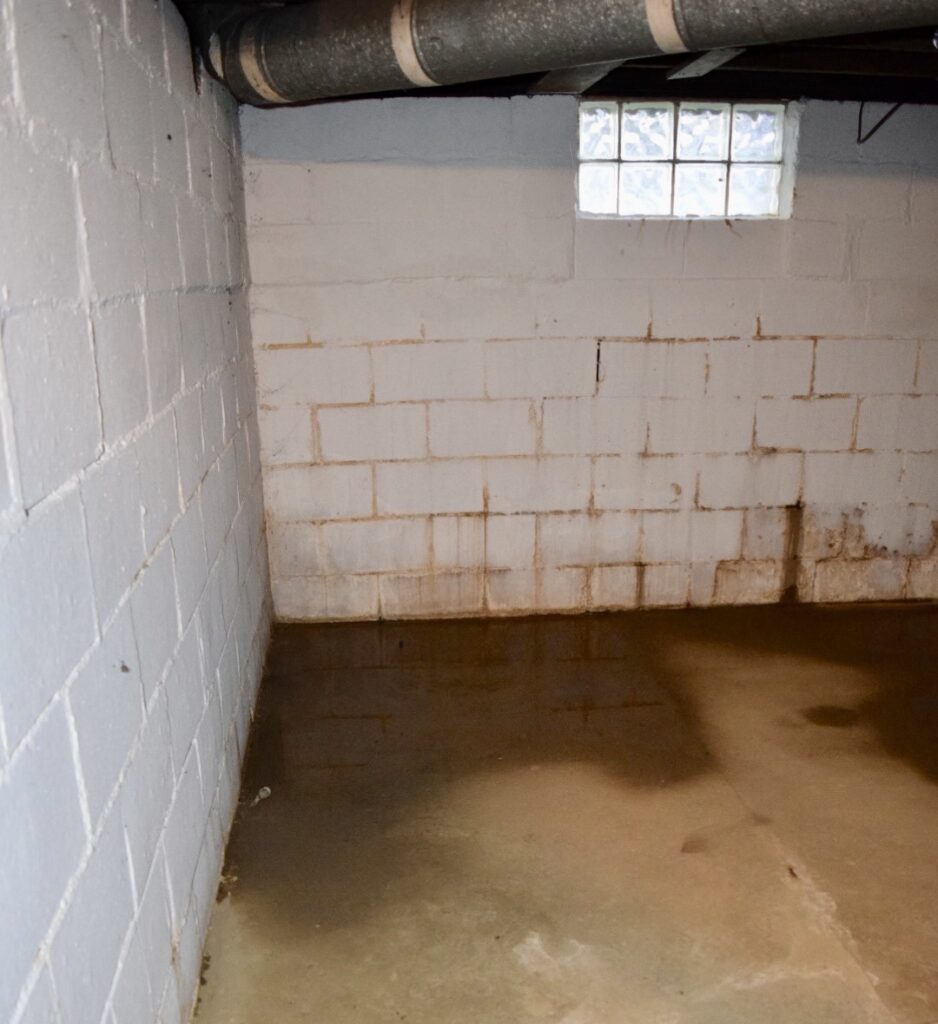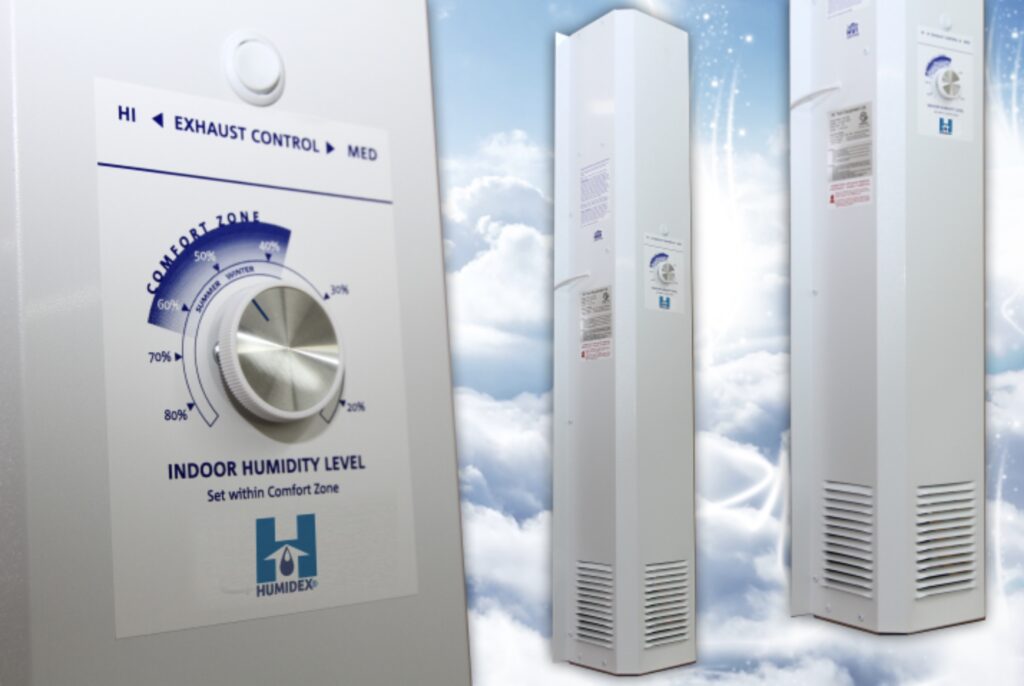Basement Moisture – How to Keep it to a Minimum
Basement Moisture – How to Keep it to a Minimum Keeping basement moisture under control is important for several reasons. First of all, too much moisture over an extended period of time can lead to structural issues. Secondly, moisture can cause mold growth, musty smells, and other problems. Basements naturally have a higher humidity […]
Basement Moisture – How to Keep it to a Minimum Read More »


